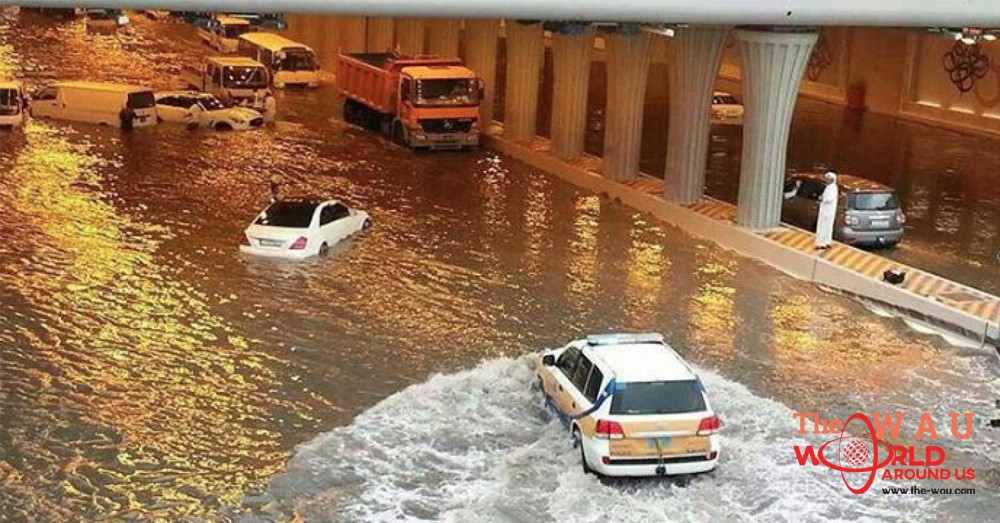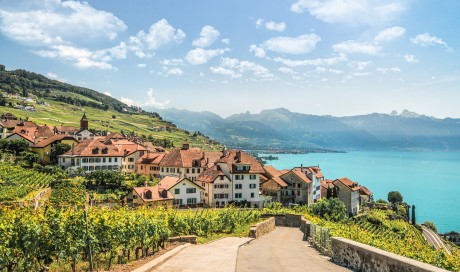The Public Works Authority (Ashghal) is examining plans to update its tunnel designs as a major aspect of flood alleviation endeavors that mean to address abundance surface water amid the rainy season, an authority has said.
As indicated by architect Yousef al-Emadi, supervisor of the Highway Projects Department at Ashghal, the specialist designs tunnels based on the worst or highest floods that the nation had encountered in the previous decades.
Al-Emadi put forth the expression after Ashghal halfway opened recently Qatar's "longest and deepest bi-directional tunnel," which is a piece of the development of the Al Rayyan Road Upgrade Project Phase 2.
The 1.5km passage, which is a noteworthy connection between Bu Erayen and Lebday Streets, traversing the Al Mokafaha and Lebday Interchange, sits 25m subterranean dimension, making it the longest and most profound bi-directional passage in Qatar.
"This passage was worked by the structure; more often than not our plans for every one of the passages in the province of Qatar depend on what is called 'from one to 50', which implies the record of the most astounding and most noticeably bad rains the nation had encountered in the previous 50 years," al-Emadi disclosed to Gulf Times.
The bi-directional passage additionally frames some portion of the intricate three-level Al Mokafaha exchange. On the ground level is a signalized intersection, which encourages traffic developments every which way, including Al Waab, Bani Hajer, and Doha. Underneath this is an underpass that enables street clients to travel consistently among Doha and Bani Hajer. The passage is underneath the underpass, the two of which supplant the old circuitous.
However, al-Emadi noticed that Ashghal has plans to enhance its passage structures to avoid flooding: "Presently there is an arrangement under examination to redesign these structures. Rather than 'one to 50', it would be 'one to 100 years'".
Additionally, al-Emadi said Ashghal is taking a shot at an outfall venture in the Abu Hamour region, which would siphon water to the ocean.
"For the present, we are anticipating completing the Abu Hamour outfall so as to discharge somewhat the weight on our waste system and siphoning stations," al-Emadi stated, adding that Ashghal intends to finish the task "by 2020 or 2021."
In November 2018, Qatar News Agency (QNA) detailed that the Mesaimeer burrow, which is relied upon to be finished before the finish of 2021, will interface existing and future seepage arranges along the regions it crosses, and is required to retain surface water from various areas, evaluated at 170sq km, which will diminish water gathering, especially in different passages.
Share This Post














